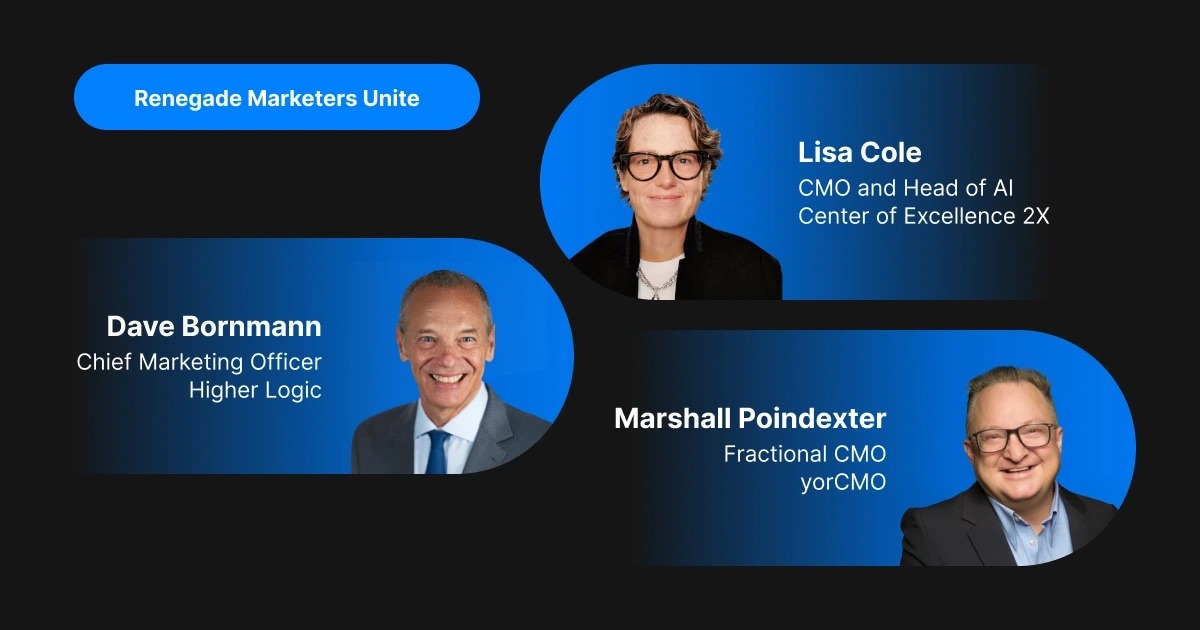May 4, 2020 | Blog
4 lessons learned about working remotely: perspectives from an offshore B2B marketing agency

The nature of the work we do at 2X means that for the most part, we rarely see our clients face-to-face. Many of our delivery specialists only interact with stakeholders via weekly calls and video conferencing, while daily communication occurs via email and collaborative tools. Essentially, working remotely is a core aspect of our business operations—one that we believe we’ve figured out and have turned to our advantage.
Due to COVID-19, many companies are now rapidly shifting their workforces to remote settings, and while others have discussed at length measures to pivot to remote work, or the technology businesses should leverage, I thought it might be helpful to share insights from the 2X perspective, given the nature of our outsourced business model and offshore operations.
Here are four steps we took to successfully transition to remote work:
1. In the absence of a workplace, create new structures
When 2X moved to full-time remote work as mandated by the Malaysian government’s restrictions to curb the spread of the coronavirus, one decision management made was to implement fixed working hours from 9AM to 6PM. This is a departure from the way our office usually runs, which allows flexible working hours—usually to account for client-facing employees who sometimes have to be on video calls with their US counterparts late at night.
This was a strategic decision to combat the effects of the environment shift. You cannot underestimate the impact of the environment on the work people do and how they do it. Without the common workplace and the way it shapes the workday, we felt that it was important for employees to have more structure in their work-from-home lives. Fixed hours help employees maintain a healthy work-life balance, which can be easily disrupted without elements like a commute which helps you transition from work-life to home.
It’s also important to ensure your employees’ readiness and capability to work from home. Are all staff on laptops? Do they all have reliable internet connections? Some businesses (2X included) are extending data plans to their staff to cope with the lack of stable fixed-line internet, while others are even sending employees home with “trunks full of equipment and furniture.”
We felt it was crucial to maintain a sense of normalcy for employees. At 2X, part of the company culture is a daily tea break, where everyone’s encouraged to take a breather, socialize, play a game of ping pong, and generally chat with colleagues they may not necessarily work with day-to-day. We’ve chosen to do these on Zoom in recent weeks, which, while not necessarily the same, has proven to be a welcome break from the solitude of home, plus the happy bonus of meeting everyone’s pets.
2. Adapt quickly to the ‘new normal’
Without the structure that a physical workspace creates, there can be an unclear idea of the expectations—say, that work hours are such and such—ambiguity that can lead to a shortfall in productivity. Clarity is even more important when teams only interact virtually, as emails and instant messaging can fail to convey nuance, making miscommunication much more likely with remote working.
In order to build a purely digital workplace that delivers above and beyond expectations, overcommunicate, set examples, and lay strong foundations. Because of the 12-16-hour time difference, 2X delivery teams can’t afford to clarify requests and instructions repeatedly—otherwise, the back-and-forth alone could take several days. That’s why we stress to our clients early on that for a successful and sustainable process, it’s important to iron out the kinks from the get-go.
Companies that haven’t experimented extensively with remote work may struggle at first to adapt their processes and workflows to this new normal. These growing pains are to be expected, but it’s how you tackle them that matters. For example, when 2X engages with new clients, we have as part of the onboarding a learning phase so that the team can train and familiarize themselves with the clients’ systems, workflows, processes, individual stakeholders, etc. That may be a luxury you don’t have right now, but if your workforce is struggling to smoothly transition to remote work, a crash course in new or revised workflows might be necessary. Re-communicate expectations, and ensure employees have clear examples of work assignments and targets to achieve, all of which help lay the foundation for a more productive remote-work setup.

3. Create an environment of trust and responsibility
You have to trust that your employees are working, and will not abuse that flexibility to slack off. Prior to this pandemic, some companies were more reserved, choosing to extend that perk only to “proven” employees. But if you don’t trust employees to work when there isn’t someone looking over their shoulders, do you trust them at all? On the other hand, by trusting employees and making the expectations clear, you empower them to rise to the challenge and show you their best side.
In the current circumstances where you may be adopting remote-work policies company-wide, that same trust needs to be in place. It’s vital to remember that a lot of what we think of as professional workplace conduct is in part driven by the physical workplace itself and societal pressure. When employees work together in a common space with specific rules or practices, it creates a set of norms—which management can and should shape, and that leads me to my final point.

4. Prioritize culture fit in the hiring process
Dealing with the pandemic that has caused this mass shift to remote working is likely to be a long-term battle. For many businesses, remote working may be the new normal, at least for a while to come. What is important is to adapt—not just for the immediate challenges, but those yet to come—which is why I believe that companies should take this opportunity to reexamine their hiring practices.
One aspect is the process: even before COVID-19, we conducted preliminary interviews and aptitude tests entirely online. In fact, the current situation has not slowed down our hiring whatsoever. But companies need to also address their hiring philosophy.
A core mission at 2X is hiring people who are committed, dedicated, and eager to learn. When we speak to candidates, we stress the importance of doing work that creates real impact with data-driven results, and that sometimes strikes them as rather frank for a prospective employer. And yet, we have found that this attracts a particular kind of employee: many 2X staff call this the best place they’ve ever worked, where they feel truly empowered because of the trust that management has placed in them—which is why our teams consistently deliver above and beyond what clients expect, and how 2X has maintained an average 9.2/10 NPS.
I believe it is the strength of our workforce and their commitment to the work, the clients, and the company, that helps 2X and marketing as a service (MaaS) be a force to be reckoned with. It’s how we helped top B2B marketing CMOs transform their operating model and save millions of dollars, and it’s why many forward-thinking CMOs are leveraging MaaS to earn (or keep) their seats at the table.
Siew Mee Yong is Managing Director of 2X and an authority and long-time advocate of remote work. Prior to 2X, she was VP of Global Marketing at Quintiq—now Dassault Systèmes—where she oversaw 30% year-over-year growth and developed an offshore marketing services function supporting 16 independent global business units.



